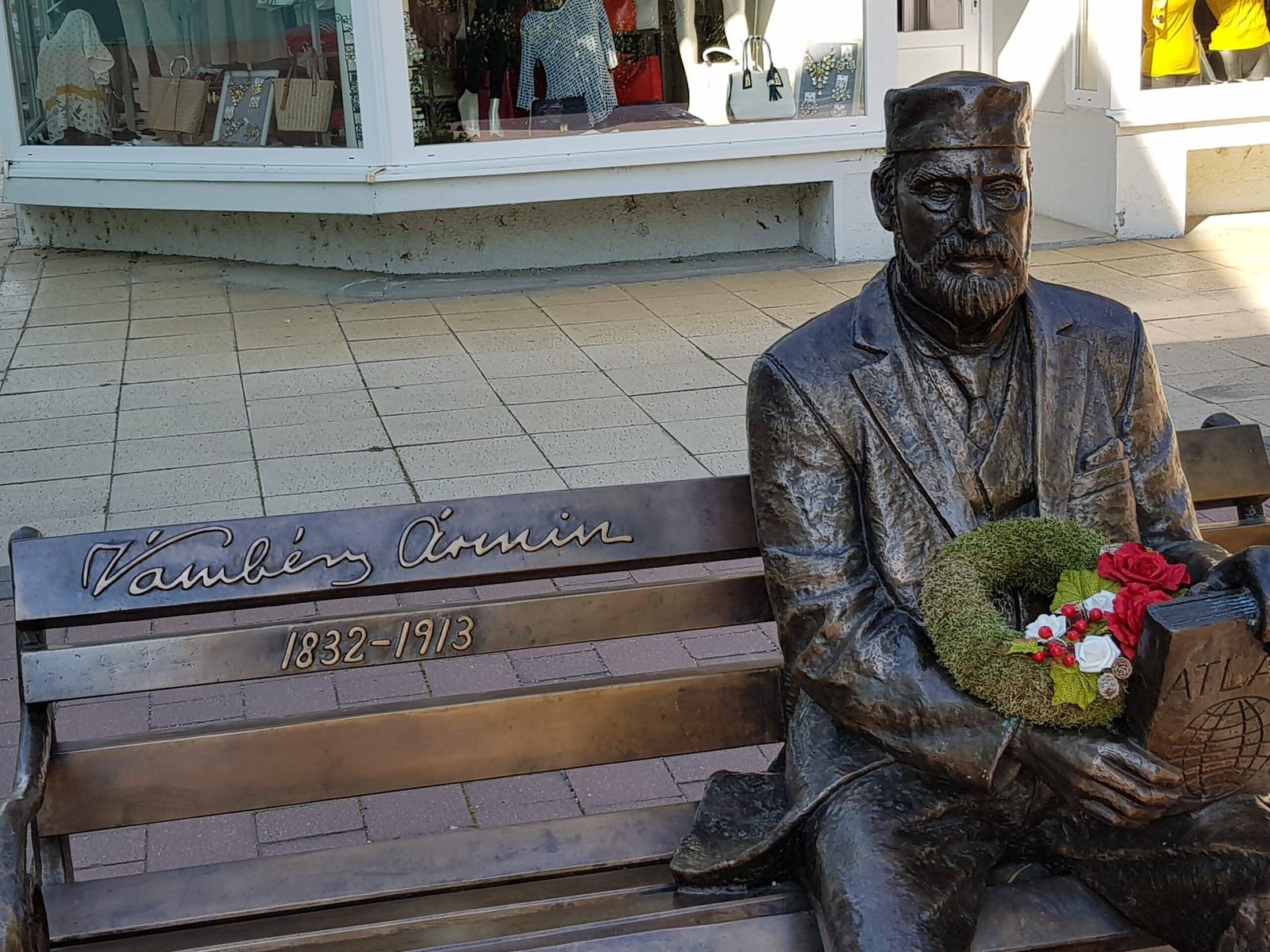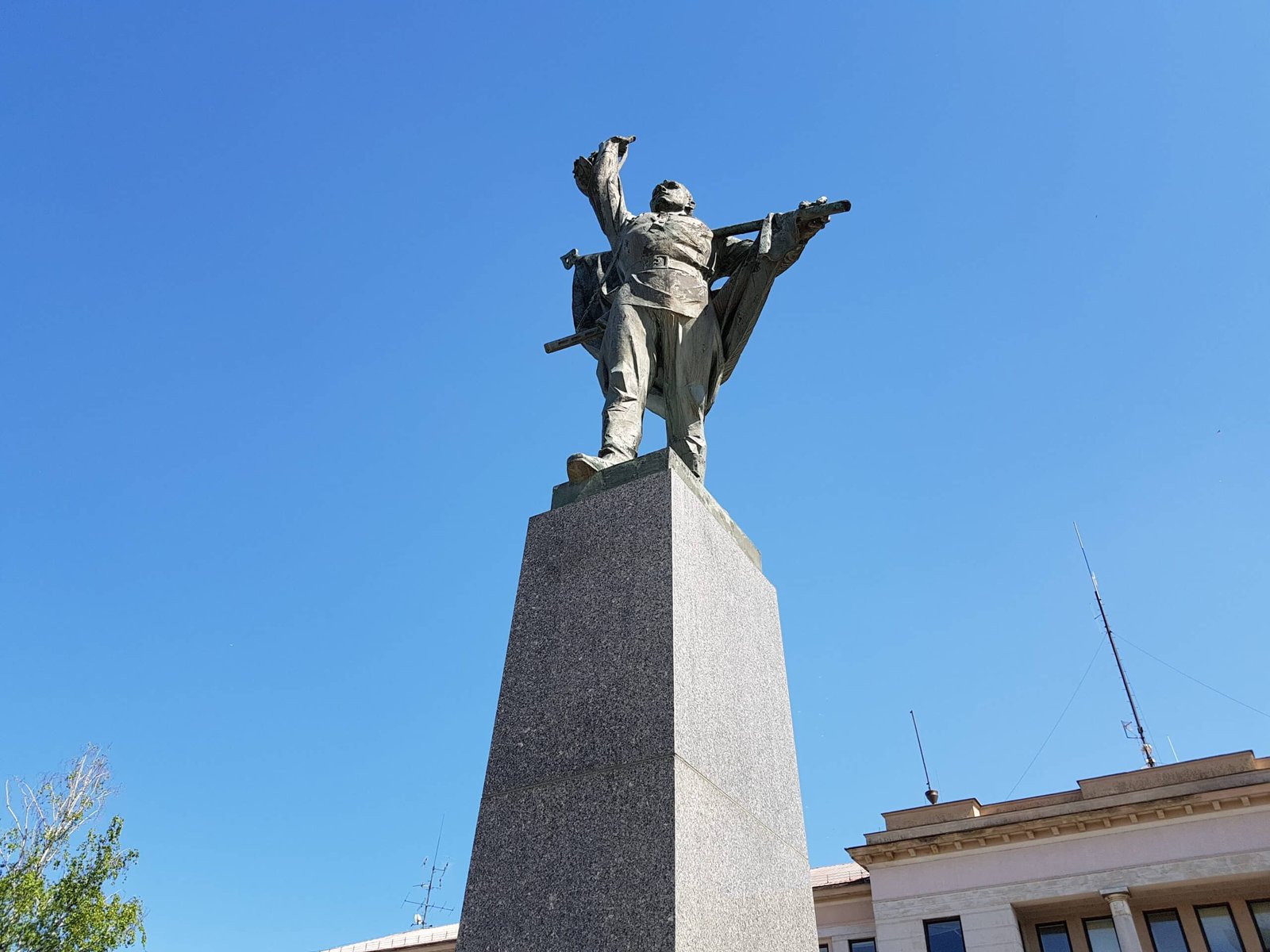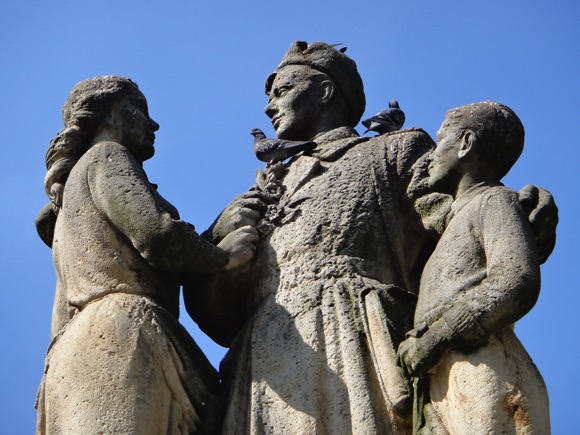Teams, tales and tips – a guide to the local game
In close contention for the league title every year since 2018, regular European competitors too, DAC represent the Hungarian minority in Slovakia and the Magyar majority in the pretty town of Dunajská Streda.
DAC stands for Dunaszerdahelyi Atlétikai Club, formed in 1904, when this part of southern Slovakia belonged to Hungary. Even today, more than a century after the region was ceded to the nascent Czechoslovakia, 75% of the population is ethnic Hungarian.
The railway station displays the name in both languages, Dunajská Streda Dunaszerdahely, like the streets in Brussels that carry their French and Flemish renditions in one unpronounceable mouthful.
The town centre was redesigned by legendary contemporary Hungarian architect, Imre Makovecz. A short walk along the main street, Fő utca Hlavná, past the Café Budapest, takes you to Sport utca Športová, and the sleek MOL Aréna.
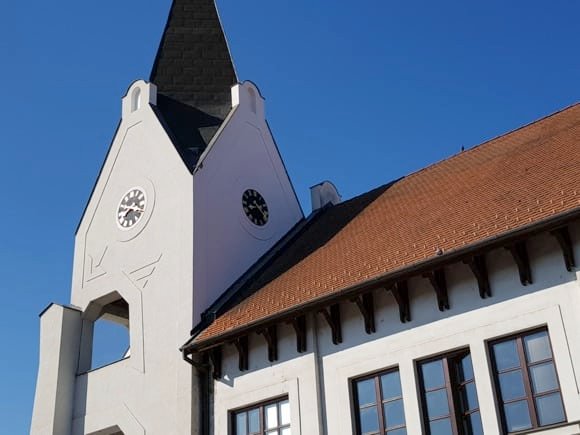
MOL stands for Magyar Olaj- és Gázipari Részvénytársaság – Hungarian Oil & Gas PLC. DAC owner is boyhood fan Oszkár Világi, of Hungarian extraction, who helped MOL acquire its Slovak counterpart, Slovnaft. In 2014, Világi bought DAC, whose sole previous achievement had been a cup win in 1987.
Constructed between 2016 and 2019, the arena cost €22 million, €2 million coming from MOL. This is one of three dozen stadiums built in Hungary and beyond its borders by the current government in Budapest, generating unwavering support from ethnic Magyars around the former Hungarian kingdom broken up after World War I.
As Hungarians resident beyond the modern-day borders may vote in national elections to Hungary’s Parliament, their backing counterbalances the long-held dissatisfaction with the ruling party in the liberal-leaning capital of Budapest – this includes the many Magyars in Romania, Serbia, Slovenia and Croatia, representing a block of some two million people.
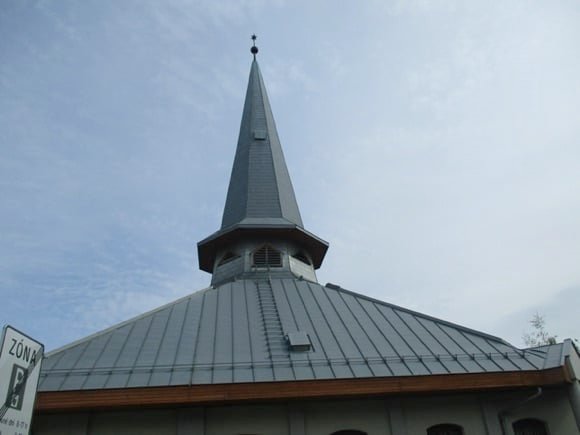
Of the football clubs in these areas benefitting from new stadiums, academies and training facilities, the most passionate following can be found in this manufacturing and logistics hub of some 23,000 citizens.
While DAC no longer attract the highest attendances in the Slovak league and few of the current squad are Hungarian, a domestic fixture here still feels like a national celebration, the anthem sung and flags of red, white and green flown.
A shame, then, that Hungary’s U-21 side didn’t find itself among those competing at the European Championships co-hosted here in June 2025, England, Germany and the Czech Republic scheduled to play at the 12,700-capacity MOL Aréna. The stadium name reverts to DAC for international events.
Getting Around
Arriving in town and local transport
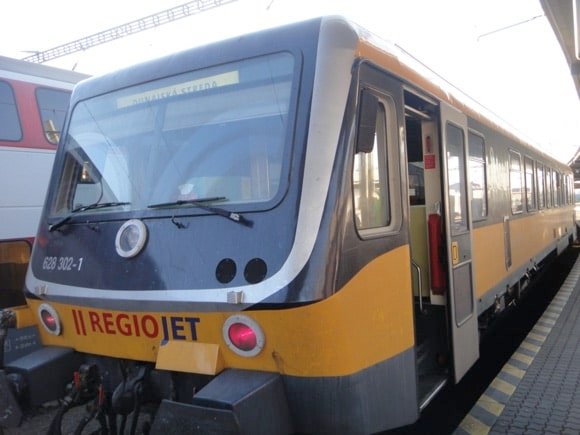

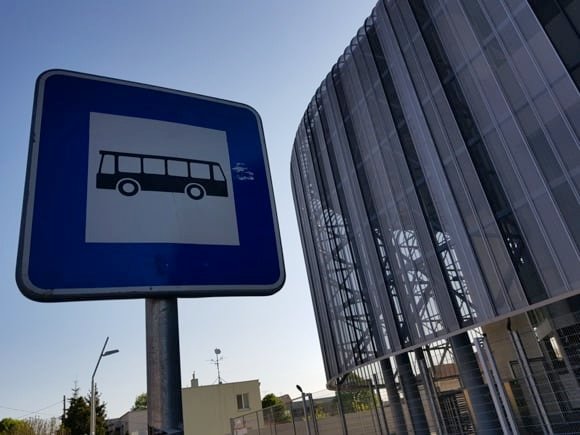

Bratislava Airport is 50km (31 miles) from Dunajská Streda. An hourly train from Bratislava main station (€2.70) takes 1hr.
The train and bus stations in Dunajská Streda are south-west of town, a 10min walk away straight up Štúrova. The stadium is a little further in the same direction.
City Taxi Dunajská Streda (+421 948 626 626) offers airport transfers.
Where to Drink
The best pubs and bars for football fans
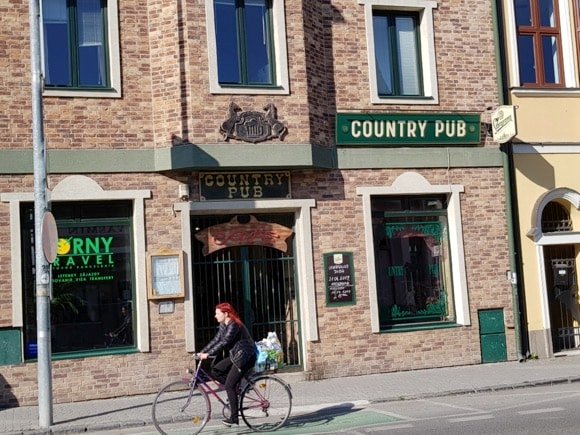
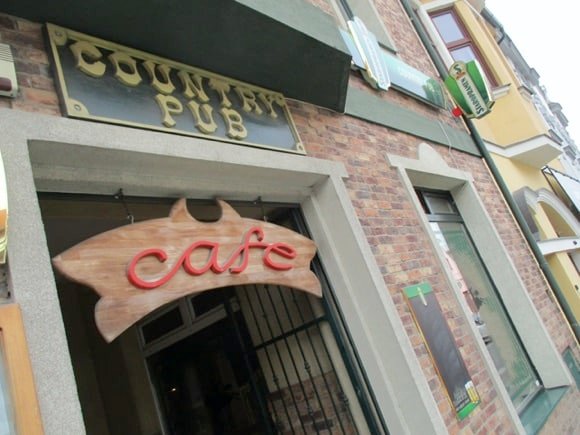
Bars line the main street of Hlavná, most notably at No.26, the TILOS Sörbár, illustrating the new wave of brew pubs springing up around Hungary. Craft samples are served on wooden flights, hulking Steins are sunk with abandon and taps of house TILOS dominate the bar counter. TV sport and quality snacks keep the many regulars coming back, along with early-evening happy hours.
Just behind on Ružová, as its name suggests, the Nosztálgia Söröző has a more old-school feel, all dark wood and beer coasters. Note also the Jajnekem brew from the little village of Gemerská Panica on the Hungarian border. Across the street, the Country Pub has been a major match-watching spot for the best part of two decades, retaining its rustic, friendly feel despite a major overhaul in 2024.
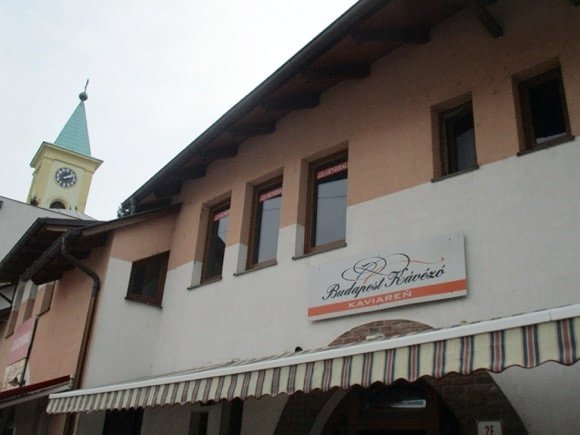
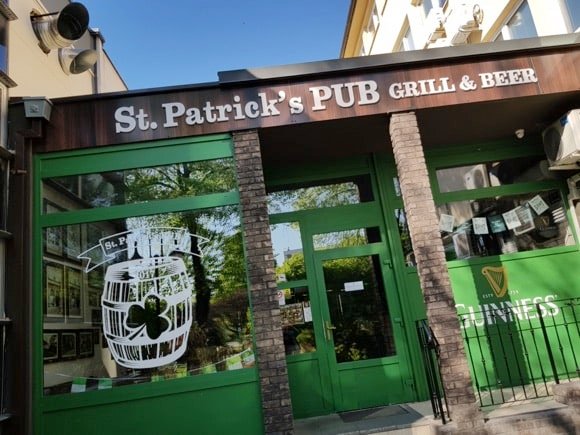

Also pointing towards the gentrification of Dunajská Streda, PLATZ is more bistro in feel while still allowing you to sip a draught Pilsner Urquell or Hungarian wine from Lake Balaton or Szekszárd in informal comfort.
Next door, the Budapest Kávézó gives a flavour of the Hungarian capital in coffee and cake form.
At the stadium end of Hlavná, screen-blessed, scarf-decorated St Patrick’s Pub hosts many a post-match Hungarian party.
Where to stay
The best hotels for the stadium and city centre
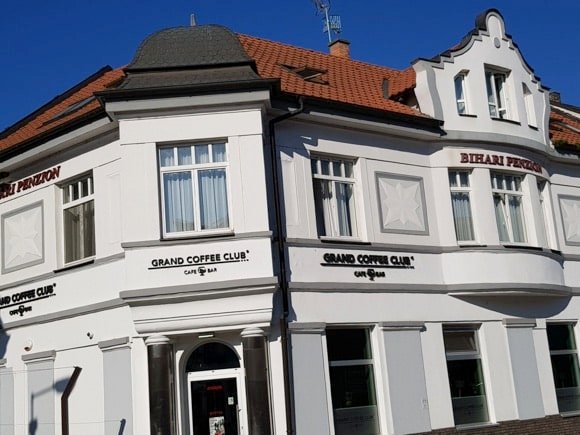
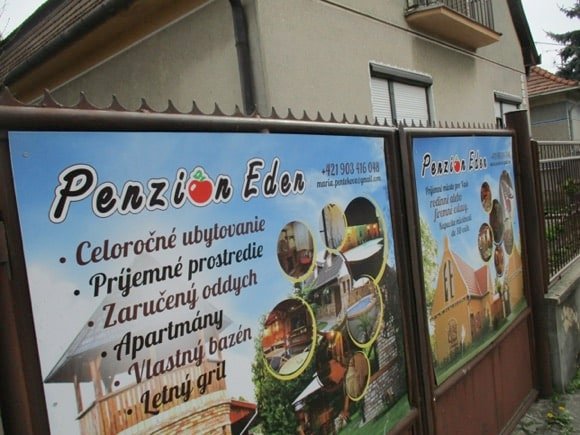

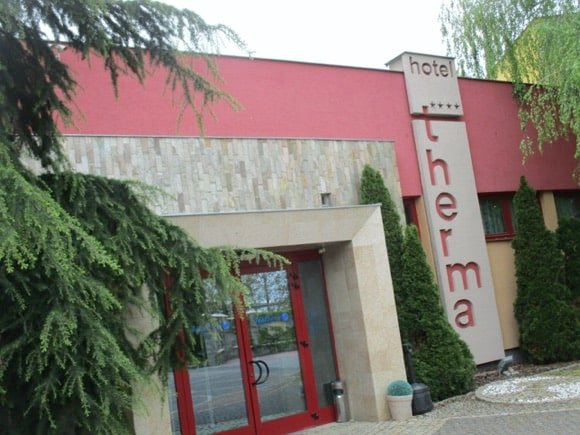
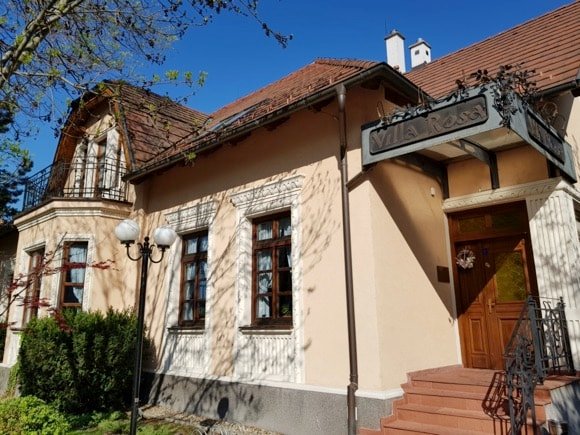
The nearest lodging to the stadium on main Hlavná, the Bihari Penzión is an affordable find – its bar can get lively (and noisy) later on, as can the Country Pub next door. Also close, on Jesenského halfway up from the station, the five-room Villa Rosa offers chintzy accommodation, on a pricier half-pension basis. Its restaurant outshines most in town.
For weekend stays, hotels cluster around the recreation zone south-east of town. The Hotel Thermalpark on Gabčikovská cesta provides immediate access to the surrounding pools and spa complex. It’s a 15-minute walk into Dunajská Streda or a short hop by taxi.
Nearer town, Apartmán Komfort on Kúpel’ná and Penzión Eden on Malotejedská have cheaper rooms also within easy reach of the spa. Guests may use the thermal complex 200 metres away and the in-house bar.

